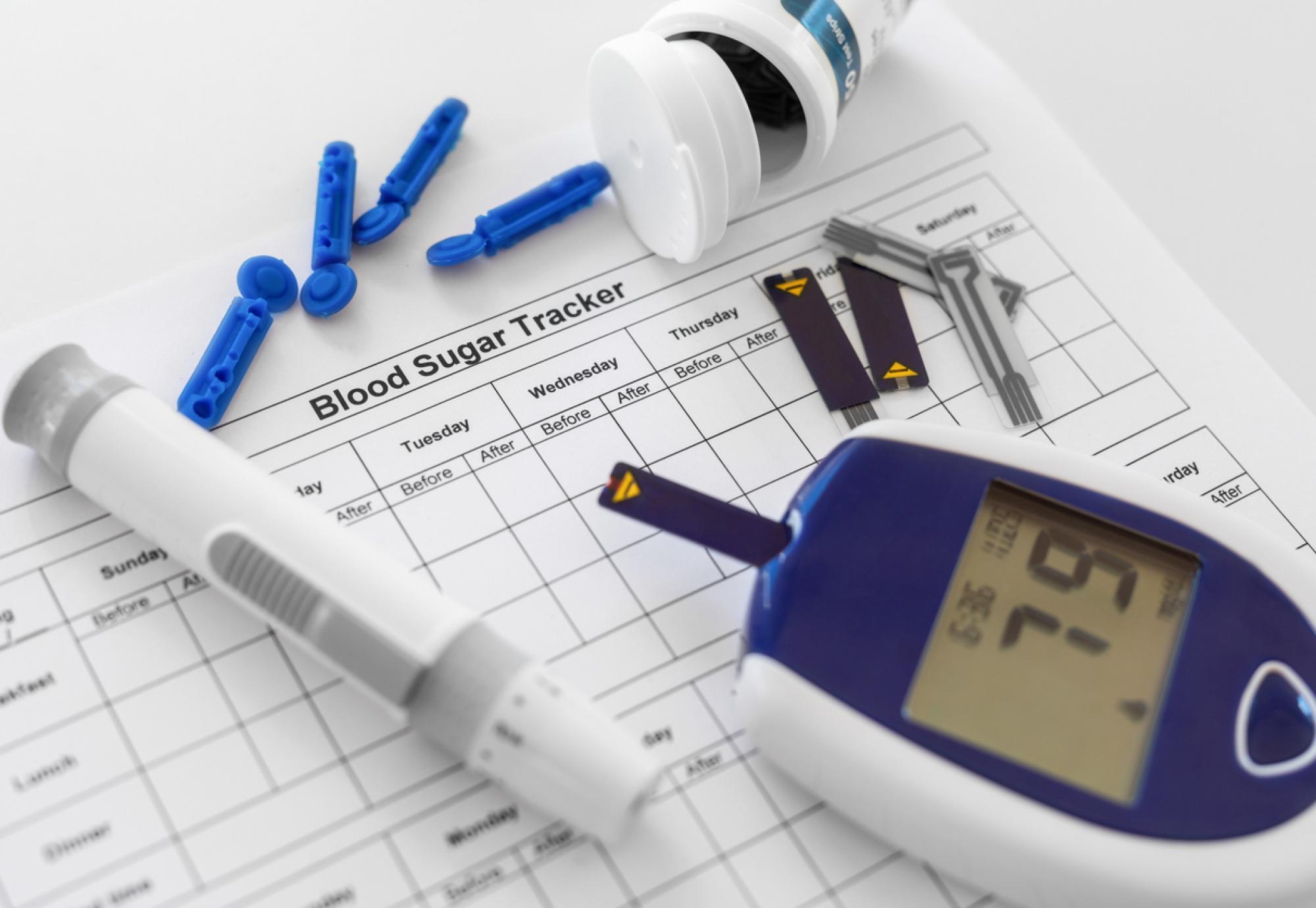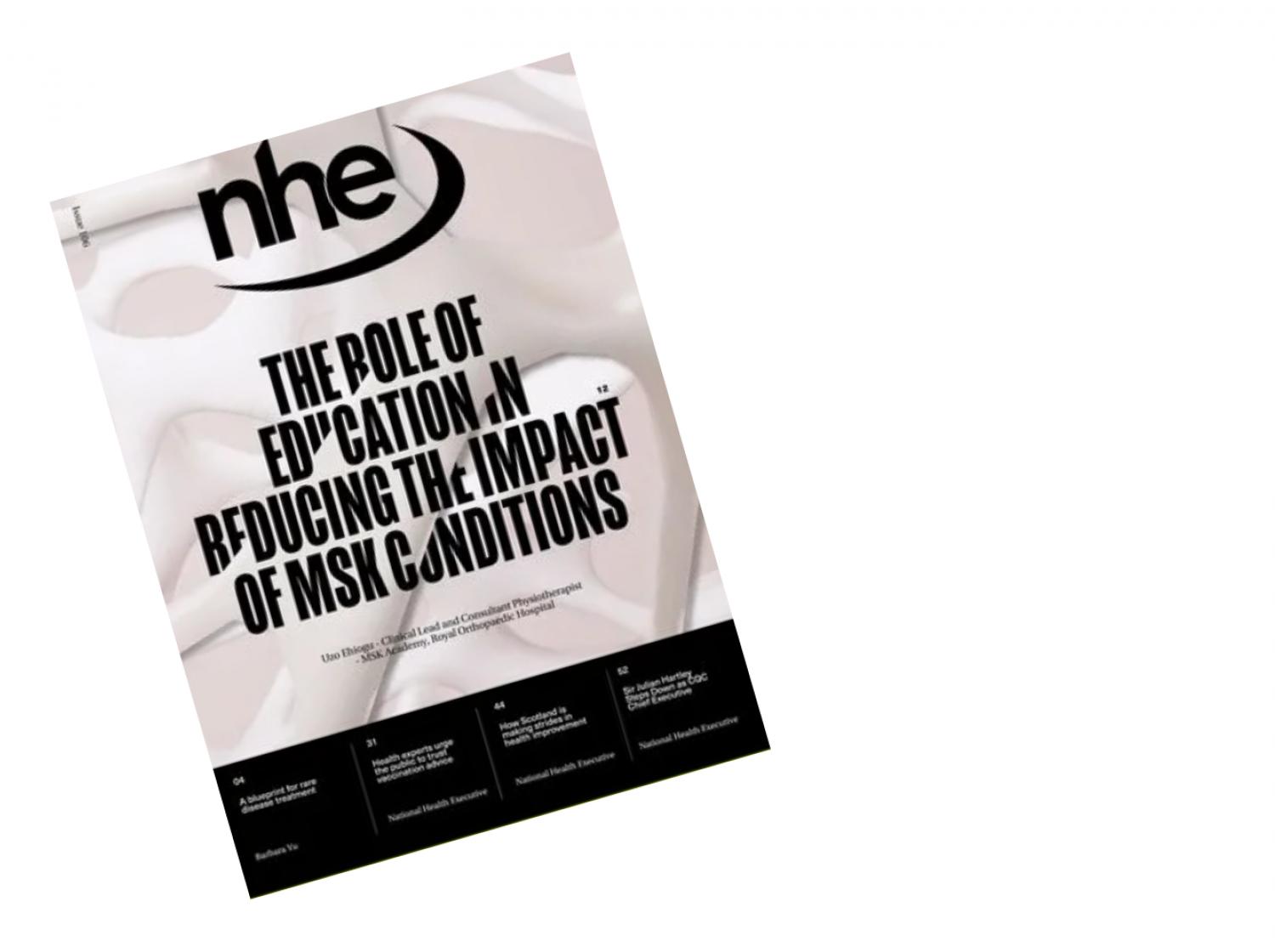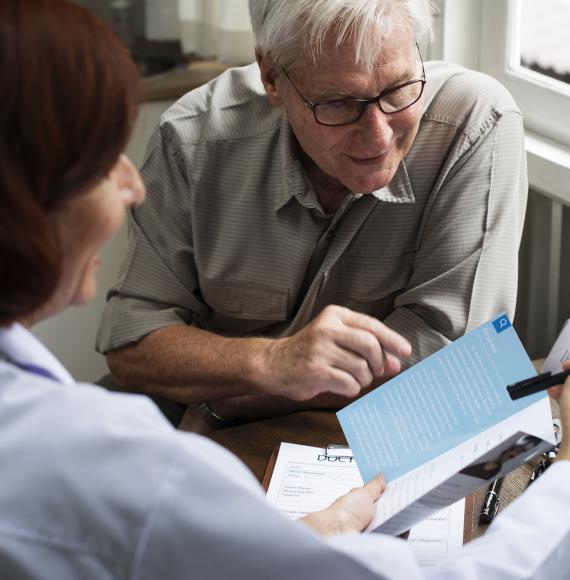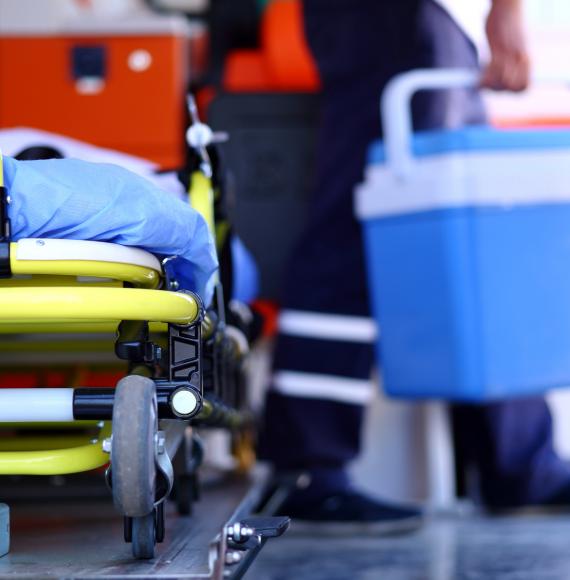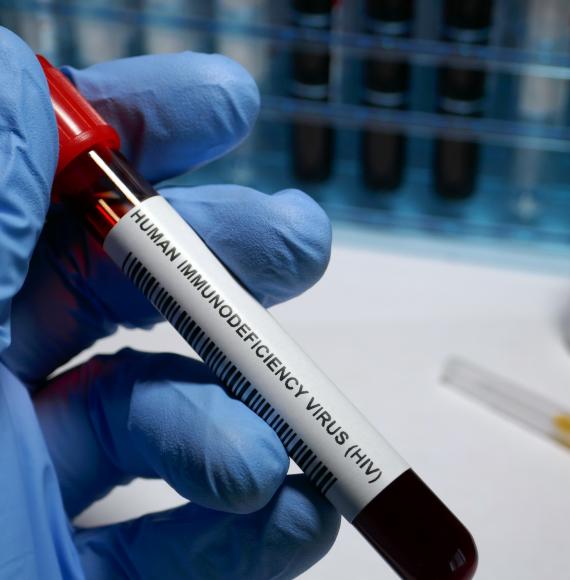A landmark reform of how medical devices are regulated in Great Britain has taken effect, as part of the Medicines and Healthcare products Regulatory Agency’s (MHRA) broader transformation of the UK’s medical device regulatory framework.
The new Post-Market Surveillance (PMS) regulations require device manufacturers to actively track the safety and performance of products already in use. This will help identify potential safety issues earlier and strengthen protection for patients and the public through faster responses to incidents and emerging risks.
The reform applies to all UKCA- and CE-marked devices placed on the GB market after 16 June 2025. This includes in vitro diagnostic devices (IVD), such as glucose monitors and prostate-specific antigen (PSA) tests; active implantable medical devices, including pacemakers and hearing implants; and a range of technologies used across hospitals, clinics, and at home.
The regulations will ensure all manufacturers have an effective system in place to monitor devices once they are in use, collect comprehensive safety data, report serious incidents, and take swifter action when issues arise. New trend reporting requirements will help the MHRA and industry spot patterns and intervene earlier to protect patients.
Lawrence Tallon, Chief Executive of the MHRA, said:
“As innovation in health technologies accelerates, regulation must keep pace”.
“Today’s reform is a critical step in ensuring safety standards evolve alongside this progress.
By strengthening oversight of devices once they’re in use and setting clearer expectations for manufacturers, these new regulations provide a robust framework for identifying risks earlier and responding to protect patients.
This represents an important milestone in our work in building a modern, responsive regulatory system – one that puts patient safety first, while also supporting innovation in life sciences and medical technologies across the UK.”
The new PMS regulation lays the groundwork for future reforms, including potential international recognition routes, designed to support improved access to safe and effective innovations. This is part of the UK’s broader commitment to a regulatory framework that supports both patient safety and innovation in life sciences.
Manufacturers are now required to collect and assess real-world safety and performance data; report serious incidents to the MHRA within 15 days (previously 30); submit essential communications on patient safety (Field Safety Notices) to the MHRA for review before sharing with users; and provide PMS Reports or Periodic Safety Update Reports (PSUR) within 3 days of request. For higher-risk devices, UK-approved bodies will monitor these reports, ensuring these products receive a higher level of scrutiny.
The introduction of new data analysis reporting requirements will apply to all medical devices, but are particularly valuable for improving oversight of lower-risk devices. These rules will require manufacturers to regularly summarise and assess device performance over time.
Comprehensive guidance for manufacturers was published in January 2025, and has been updated following valuable industry feedback. The MHRA welcomes feedback to ensure ongoing clarity and alignment with practical implementation needs.
Key changes introduced by the new PMS device regulation include:
- Enhanced collection of real-world data: manufacturers must take a harmonised approach to gather and assess data on how their devices perform in everyday use, improving the ability to detect safety and performance issues.
- Expanded scope for incident reporting: serious incidents relating to side effects are now reportable, providing a more comprehensive picture of device performance.
- Shorter timelines for reporting serious incidents: serious incidents must be reported to the MHRA more quickly, allowing for faster regulatory action to protect patients.
- Trend reporting and summary reporting: new data analysis reporting options will support earlier detection of trends without overburdening manufacturers or the regulator.
- Clearer duties for risk mitigation and communication: manufacturers face stronger requirements to assess and manage risks, and to notify users promptly when safety issues arise.
Image credit: iStock

